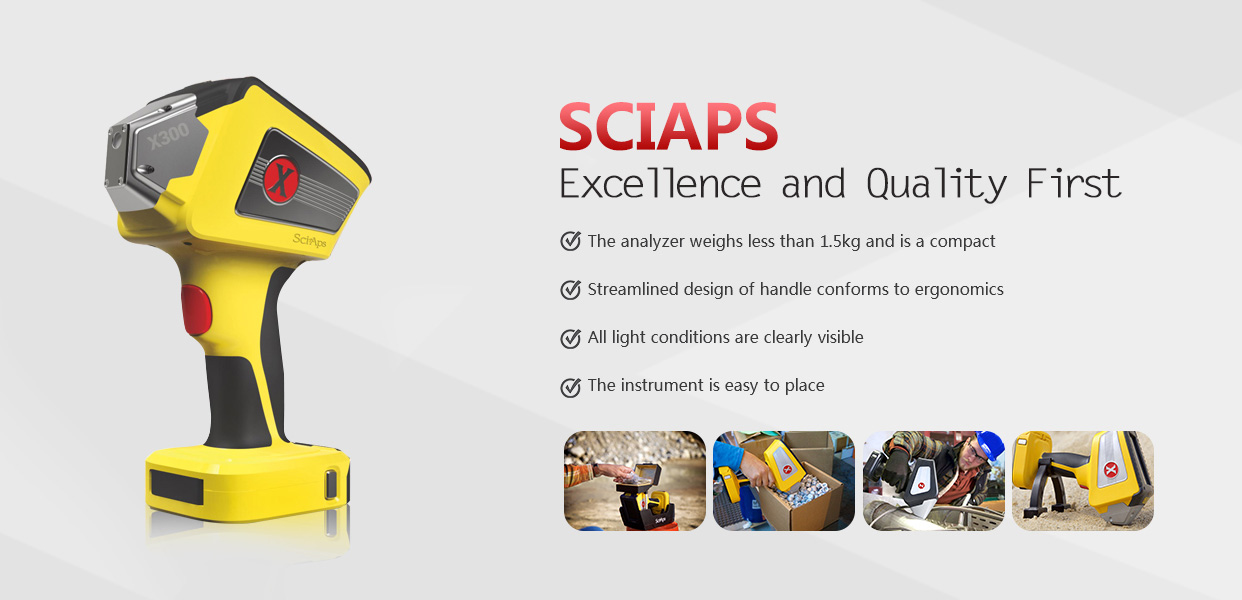What is LIBS technology?
Source:本站 Time:2019/4/1 11:04:28 frequency:
What is LIBS?
LIBS is short for Laser Induced Breakdown Spectrometer (LIBS). This technology focuses on the surface of the sample by ultrashort pulsed laser to form plasma. The plasma emission spectrum is analyzed by LIBS to identify the elements in the sample, and then to identify, classify, qualitatively and quantitatively analyze the material.
What are the uses of LIBS?
Since the advent of LIBS technology, it has been recognized as a promising new technology, which will bring many innovative applications in the field of analysis. As a new material identification and quantitative analysis technology, LIBS can be used not only in laboratory, but also in industrial field on-line detection. Its main characteristics are:
Rapid direct analysis, almost without sample preparation
Almost all elements can be detected
Simultaneous analysis of multiple elements
Matrix Morphological Diversity - Almost all solid samples can be detected
LIBS makes up for the shortcomings of traditional element analysis methods, especially in the fields of material analysis in micro-area, coating/film analysis, defect detection, jewelry identification, forensic evidence identification, powder material analysis, alloy analysis and other applications. At the same time, LIBS can also be widely used in different fields such as geology, coal, metallurgy, pharmacy, environment, scientific research and so on.
In addition to the traditional laboratory applications, LIBS is still one of the few element analysis techniques that can be used as a portable handheld device, and is considered to be the only element analysis technology that can be used for on-line analysis so far. This will greatly expand the analytical technology from the laboratory field to the outdoor, on-site, and even in the production process.
Basic knowledge of LIBS
LIBS irradiates the sample with a high peak power pulsed laser, focusing on a very small analytical point (usually 10-400 micron in diameter). In the laser irradiated spot area, the material in the sample is ablated and peeled off, and a cloud of nanoparticles is formed above the sample. Because the peak energy of the laser beam is quite high, its absorption and multiphoton ionization effect increase the opacity of the gas and aerosol clouds generated above the sample, even if they are only excited by a very short laser pulse. Because the energy of laser is absorbed by the cloud, plasma is formed gradually. High-energy plasma melts nanoparticles, excites atoms and emits light. The light emitted by atoms can be captured and recorded as spectra by detectors. By analyzing the spectra, we can get the information of what elements exist in the samples. Through software algorithm, we can further qualitative analysis (such as material identification, PMI) and quantitative analysis (such as the content of an element in the samples).
Detection Limit and Quantitative Analysis
The detection limit of LIBS depends to a large extent on the type of sample to be measured, the specific elements, and the laser/spectral detector configuration of the instrument. For the above reasons, the detection limit of LIBS can range from several ppm to% level. In most conventional applications, LIBS detection limits can range from 10 ppm to 100 ppm for most elements. In quantitative analysis, the relative standard deviation of the measurement results obtained by LIBS can be less than 3-5%, while for homogeneous materials, it can usually be less than 2% or even less than 1%.
Industrialization of LIBS
Since the concept of LIBS was first proposed in the 1960s, it has been mainly used in the field of scientific research for various reasons. With the continuous breakthroughs in technology, such as stable and reliable lasers, high resolution spectrometers, and analytical software technology, the industrialization of LIBS has developed rapidly in the past decade, making it a practical analytical instrument that can be truly applied in laboratories and even industrial fields.
Previous:nothing



